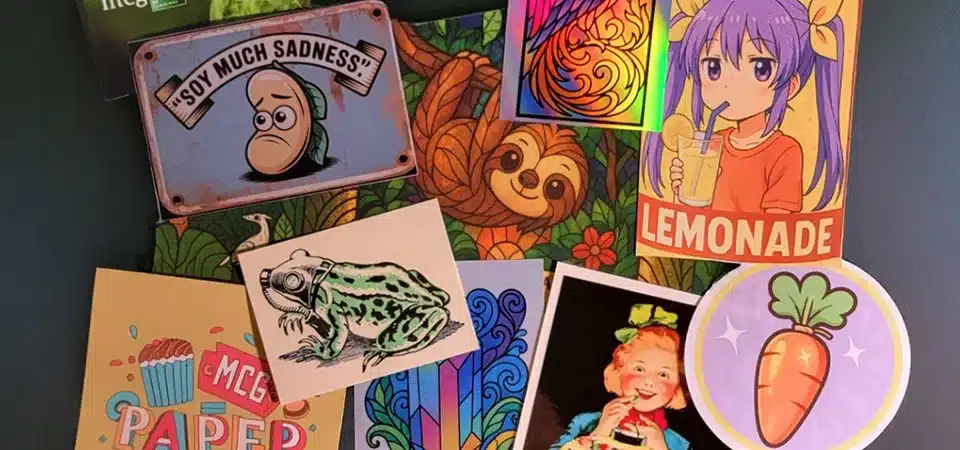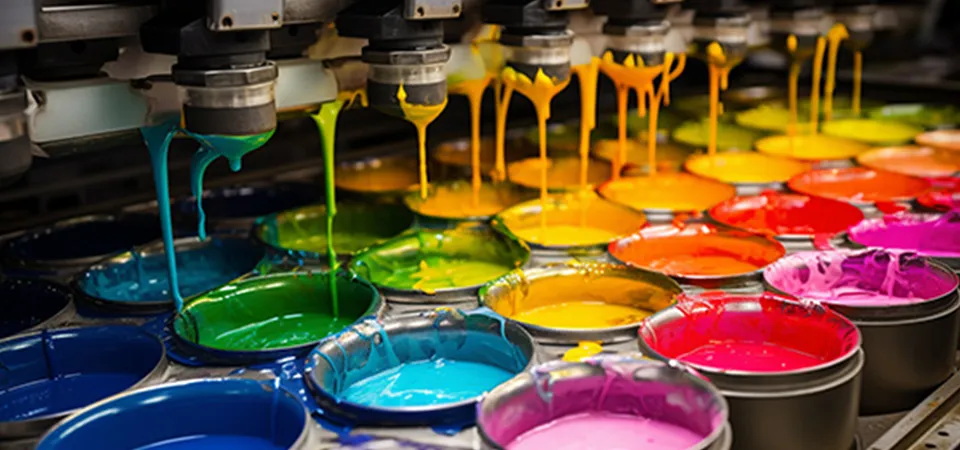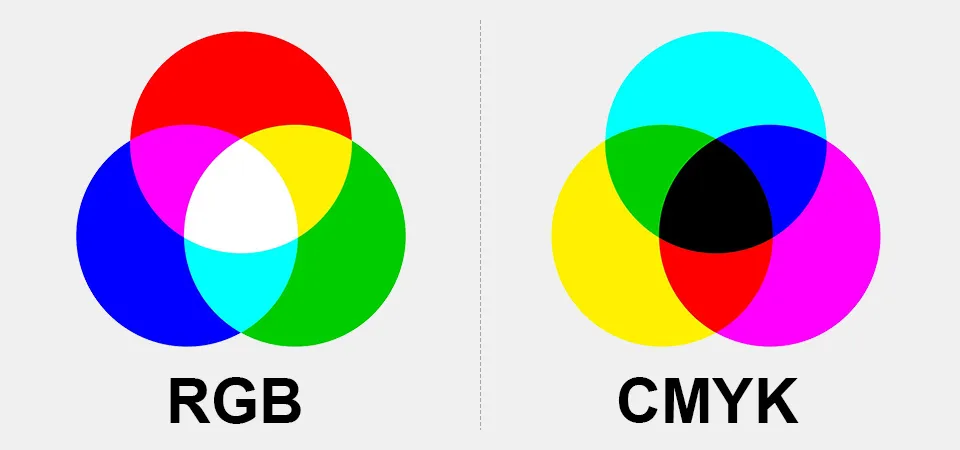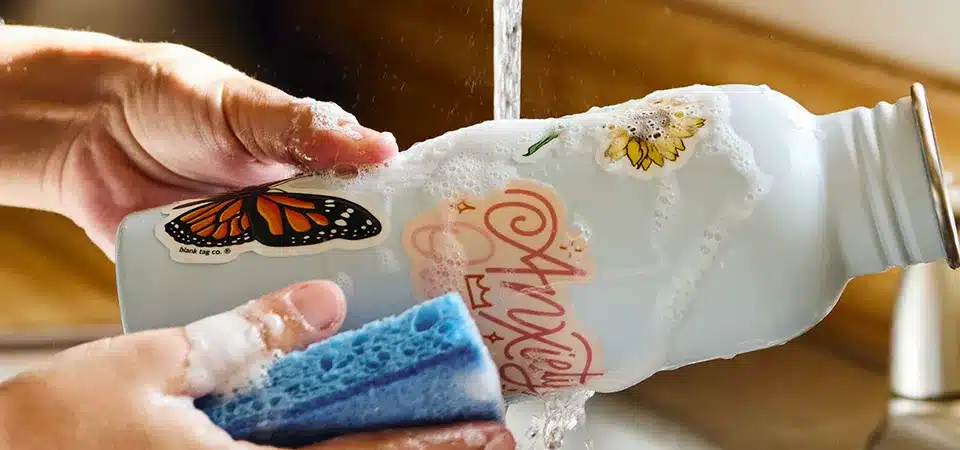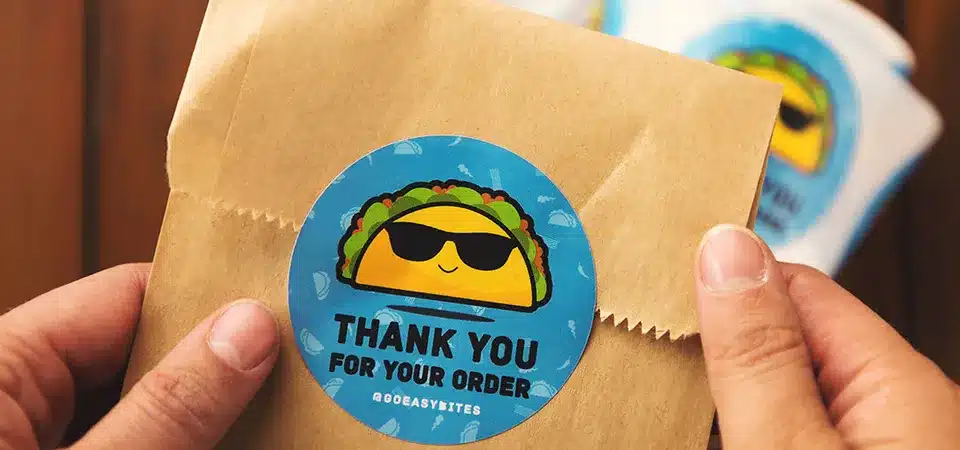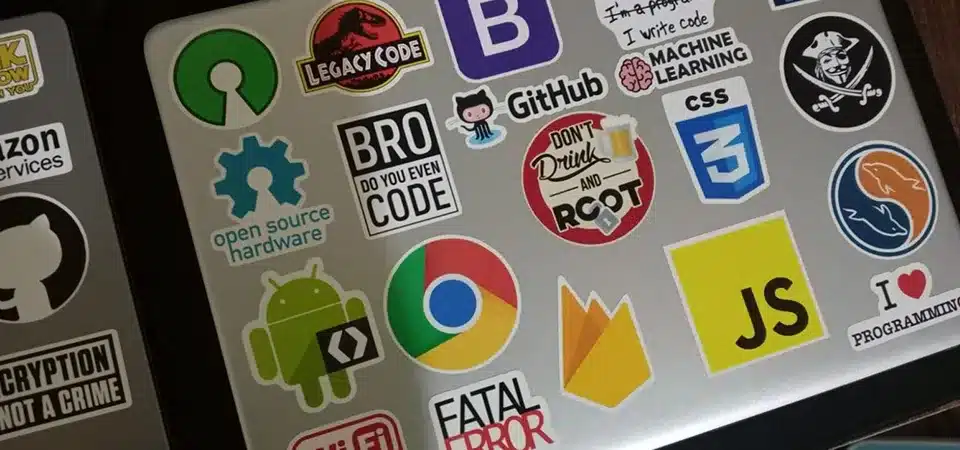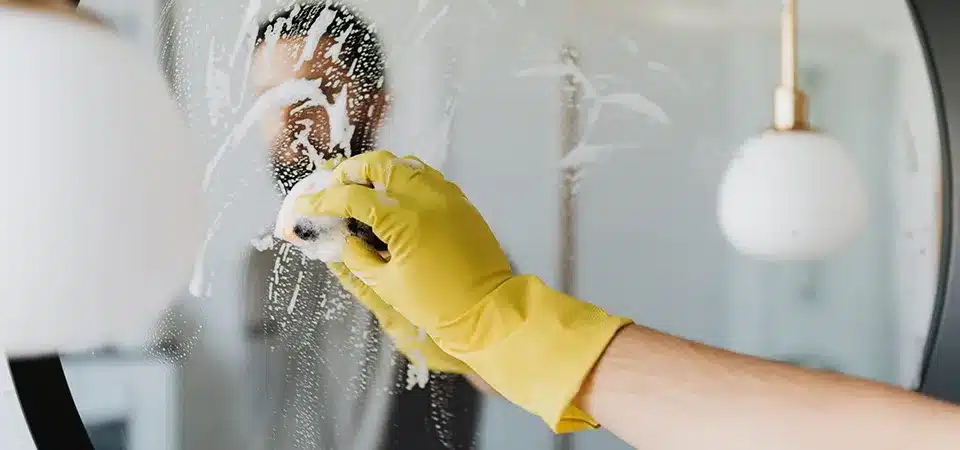You order stickers but they quickly fade, peel, or tear. A low-quality sticker makes your brand look cheap and your message disappears, wasting your marketing budget.
Stickers are made of a face stock (like paper or vinyl), an adhesive layer, and a backing paper. The face stock determines the sticker's look and durability, while the adhesive dictates if it's permanent or removable. The combination you choose depends on where the sticker will be used.
In my business, I've seen it all. A sticker isn't just one thing; it's a multi-layered product engineered for a specific job. Think of it like a sandwich: the top layer is the material you see and touch, the middle is the sticky adhesive, and the bottom is the backing paper you peel away. Choosing the right recipe is the key to creating a sticker that looks great and lasts. Let’s break down the most common materials you'll find.
What are paper stickers and when should you use them?
You need stickers for your packaging but have a tight budget. You worry that choosing the cheapest option will result in a poor-quality product that reflects badly on your brand.
Paper stickers are an affordable option made from wood pulp. They are perfect for dry, indoor uses like product labels, address labels, or packaging seals where durability and water resistance are not needed.
Paper is the classic, go-to sticker material, especially for businesses that need large quantities at a low cost. I often recommend them to clients who are labeling dry goods, like coffee bags or cardboard boxes. They are not designed to be tough. Think of them as a great short-term solution. A little water or rough handling will cause them to tear or the ink to run.
Coated vs. Uncoated Paper
Within the paper family, you have a few choices.
- Uncoated Paper: Has a natural, matte feel that you can easily write on. It's great for things like name tags or inventory labels.
- Coated Paper: Has a gloss or semi-gloss finish. This coating provides a little more protection and makes colors look more vibrant. It's not fully waterproof, but it can handle a bit more wear and tear than uncoated paper.
I once worked with a new bakery that used uncoated paper stickers for their refrigerated cakes. Within a day, condensation made every single label peel and run. We switched them to a BOPP material, and the problem was solved.
Are vinyl stickers the most durable option?
Your stickers need to survive the outdoors on cars or water bottles. Paper just won't cut it, and you need a material that can handle rain, sun, and scratches without failing.
Yes, vinyl (PVC) stickers are one of the most durable options. They are waterproof, tear-resistant, and UV-resistant, making them the perfect choice for outdoor use, car decals, and products that need to last.
When a customer asks me for a sticker that needs to be "tough," my first recommendation is almost always vinyl. It's a type of plastic, which is why it performs so well against the elements. Unlike paper, it won't fall apart when it gets wet. We print on it with durable inks and then add a protective laminate layer, which means it can sit in the sun for years without fading. This makes it the industry standard for bumper stickers, laptop stickers, and high-quality product branding. While it costs more than paper, its longevity makes it a great investment. If your brand needs to look good for a long time, vinyl is the answer.
What are BOPP (Polypropylene) stickers?
You've heard of vinyl, but your printer mentioned BOPP for your product labels. You're not sure what it is or if it's the right choice for your cosmetic or food brand.
BOPP is a durable plastic material, similar to vinyl, but thinner and more flexible. It's resistant to water, oil, and chemicals, making it the top choice for product labels on rolls, especially for food, bath, and beauty products.
BOPP (which stands for Biaxially Oriented Polypropylene) is my workhorse material for product labels. While vinyl is thicker and better for decals, BOPP is the king of labeling. It's very thin, so it conforms perfectly to bottles, jars, and other containers. It's also incredibly tough and resistant to the oils and chemicals you'd find in a lotion or a salad dressing. This is crucial for products that will be handled in a kitchen or a shower.
BOPP vs. Vinyl: What's the Difference?
| Feature | BOPP (Polypropylene) | Vinyl (PVC) |
|---|---|---|
| Best Use | Product labels on rolls | Individual die-cut decals |
| Thickness | Thinner and more flexible | Thicker and more rigid |
| Resistance | Excellent oil and chemical resistance | Excellent UV and weather resistance |
| Appearance | Available in white, clear, and metallic finishes | Typically white with a gloss or matte finish |
Most of the professional labels you see in a supermarket are printed on some form of BOPP.
When should you use Polyester or PET stickers?
Your product will be used in an industrial setting with extreme temperatures or chemical exposure. You need a sticker that is tougher than vinyl and can withstand the harshest conditions without failing.
Polyester (PET) stickers are an ultra-durable industrial material. They are used for warning labels, asset tags, and electronics because of their excellent resistance to heat, chemicals, and abrasion.
When a client needs a sticker for heavy machinery or electronic components, I move past vinyl and recommend polyester. This is a top-tier material designed for performance, not just looks. Polyester is dimensionally stable, meaning it won't shrink or stretch in high heat. It has a very hard surface that resists scratches and can be wiped down with harsh cleaning chemicals without damaging the print. You'll often see these in a metallic silver or white finish, and they are used for things like serial number tags, appliance rating plates, and safety warnings in factories. While they are more expensive, they are the only choice when a label absolutely must remain readable for the entire life of the product it’s stuck to. They are a sign of pure utility and durability.
What are specialty sticker materials for?
You want your brand's stickers to do more than just provide information. You need them to catch the eye and create a memorable, premium experience for your customers.
Specialty materials like holographic, glitter, or eco-friendly films are used to enhance branding. They create a unique visual and tactile effect that makes a sticker stand out from the competition.
This is where sticker making gets really creative. I love when clients want to explore these options because it means they're thinking about how the sticker feels, not just what it says. These materials add a "wow" factor.
Holographic Stickers
These have a shimmery, rainbow-like effect that changes with the light. They are incredibly eye-catching and have become very popular with artists and tech-focused brands who want a futuristic, high-end look.
Glitter Stickers
These materials have real glitter flakes embedded in them, creating a sparkling, textured finish. They are perfect for fun, celebratory branding and appeal to a younger demographic.
Magnetic Stickers
These aren't technically "stickers" as they have no adhesive. They have a printed vinyl top layer with a magnetic base, perfect for car magnets or fridge promotions that need to be easily removed and reused.
Eco-friendly Stickers
For brands focused on sustainability, we can use materials made from recycled paper (like Kraft paper for a rustic look) or even wood-free, compostable options like wood pulp film.
How does the adhesive change the sticker?
You're worried your sticker will either fall off too soon or never come off at all. Choosing the wrong adhesive can make a promotional sticker a permanent nuisance for your customer.
The adhesive determines a sticker's function. A permanent adhesive creates a strong, long-lasting bond. A removable adhesive allows for clean, residue-free removal, perfect for temporary promotions or laptop stickers.
The sticky part of the sticker is just as important as the material it's printed on. The wrong choice here can ruin the user's experience. Broadly, we work with two main types.
Permanent Adhesive
This is the industry standard for most applications. It's designed to create a strong bond and stay put for years. It's used for product labels, warning signs, and bumper stickers—anything that you don't want to come off easily. You can remove it, but it will likely take some effort and may leave residue behind.
Removable Adhesive
This adhesive is designed to hold firm but peel away cleanly without leaving any sticky gunk. I recommend this for laptop stickers, promotional window decals, or temporary labels on products where the customer will want to remove the sticker after purchase. It gives the user the freedom to place it without commitment.
No Adhesive (Static Cling & Magnetic)
Some products don't need glue at all. Static cling films use the power of static electricity to stick to smooth surfaces like glass, making them perfect for temporary window signs. Magnetic stock, as mentioned before, uses magnetism to hold onto metal surfaces.
What is a sticker finish and why does it matter?
Your stickers look great at first, but the ink scuffs and scratches off easily. A sticker without a protective finish is vulnerable and won't look professional for very long.
A finish, or lamination, is a clear protective layer applied over the printed sticker. It shields the ink from scratches, water, and UV fading, while also determining its final look (glossy or matte).
I never let a vinyl sticker leave my shop without a laminate. It’s like putting a clear coat on a car's paint job—it's an essential final step that protects the investment underneath. Without it, the ink is exposed and can be easily scratched or worn away by friction or cleaning. The laminate is a thin layer of clear plastic film that we apply on top of the printed material before cutting the sticker.
Gloss Lamination
This is the most popular choice. It's highly reflective and makes colors look vibrant and saturated. The shiny surface is very smooth and easy to wipe clean. It gives the sticker a premium, high-quality look.
Matte Lamination
This finish has a flat, non-reflective surface. It provides a more subtle, modern, and sophisticated look. It doesn't show fingerprints as easily as gloss and has no glare, which can be better for designs with a lot of fine text that needs to be readable in all lighting conditions.
How does the printing method affect your material choice?
You have a complex, full-color design but aren't sure if it can be printed on the durable material you need. Some printing methods have limitations that can impact your final sticker.
Digital printing is best for complex, full-color designs on materials like vinyl and BOPP, offering fast turnarounds. Screen printing is better for simple, bold designs in 1-2 colors on specialty materials for maximum durability.
The way we print a sticker can influence the best material for the job. In my shop, we use two main methods, and each has its strengths.
Digital Printing
This is basically like a very high-end, large-scale version of your office inkjet or laser printer. It can reproduce millions of colors, making it perfect for printing photos and complex, gradient-filled designs. It's fast and has very little setup cost, which is why it's the standard for custom vinyl and BOPP stickers, especially for small to medium-sized orders. We can print a huge roll of different designs and then digitally cut them with a blade.
Screen Printing
This is a more traditional method where ink is pushed through a mesh screen onto the sticker material. You need a separate screen for each color, so it's best for simple, bold designs with a limited color palette. The advantage is that we can lay down a very thick, durable layer of ink. This method is often used for industrial-grade polyester labels or for printing on unique materials where digital inks won't adhere as well.
Which sticker material is best?
With so many options, you're overwhelmed. You just want to know which material is the right one for your specific project without making a costly mistake.
The best sticker material depends entirely on its use. Choose paper for cheap, indoor labels. Use laminated vinyl for durable outdoor decals. Select BOPP for waterproof product packaging on bottles and jars.
There is no single "best" material. The best choice is the one that fits your budget, looks great, and—most importantly—survives in its intended environment. After thousands of client consultations, I've developed a simple mental checklist to help people decide.
Here’s a quick guide to making the right choice:
| If your sticker is for... | I Recommend... | Because... |
|---|---|---|
| Indoor Product Packaging (Dry) | Paper (Coated or Uncoated) | It's the most affordable option and durability isn't needed. |
| Laptops, Water Bottles, Cars | Laminated Vinyl | It's waterproof, weatherproof, and scratch-resistant. |
| Bottles, Jars, Cosmetics | BOPP (White, Clear, or Metallic) | It's waterproof, oil-resistant, and flexible enough for containers. |
| Industrial Equipment/Warnings | Polyester (PET) | It's the toughest material, resistant to heat, chemicals, and abrasion. |
| Making Your Brand Stand Out | Specialty (Holographic, etc.) | It creates a unique visual effect that grabs customer attention. |
By matching the material to the mission, you ensure your sticker will perform exactly as you need it to.
Conclusion
Stickers are engineered products. Choosing the right material, adhesive, and finish is crucial for ensuring your brand looks professional and your message lasts wherever you decide to stick it.

